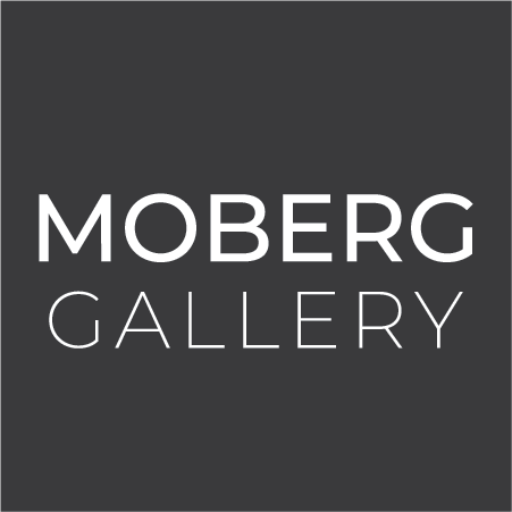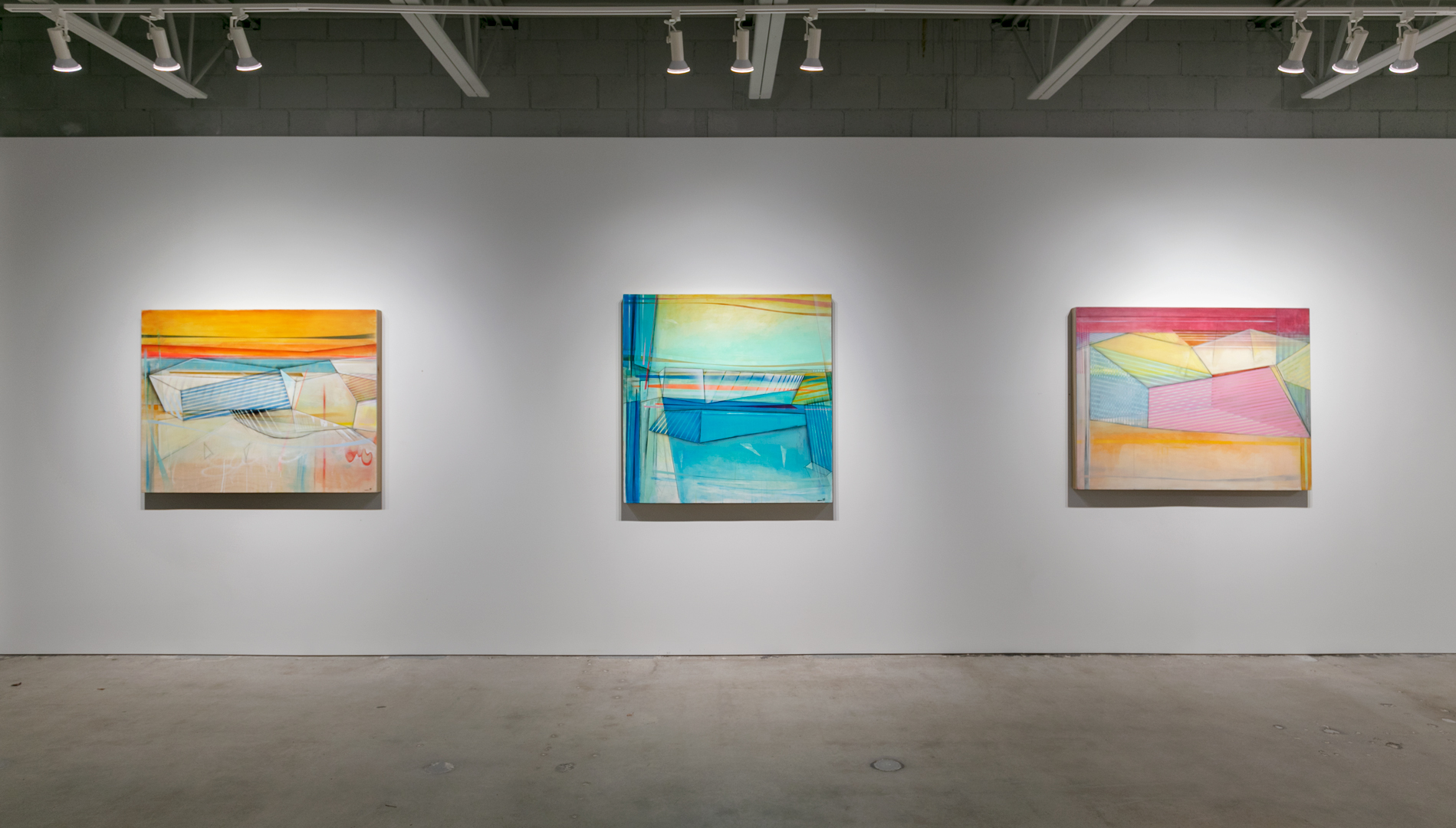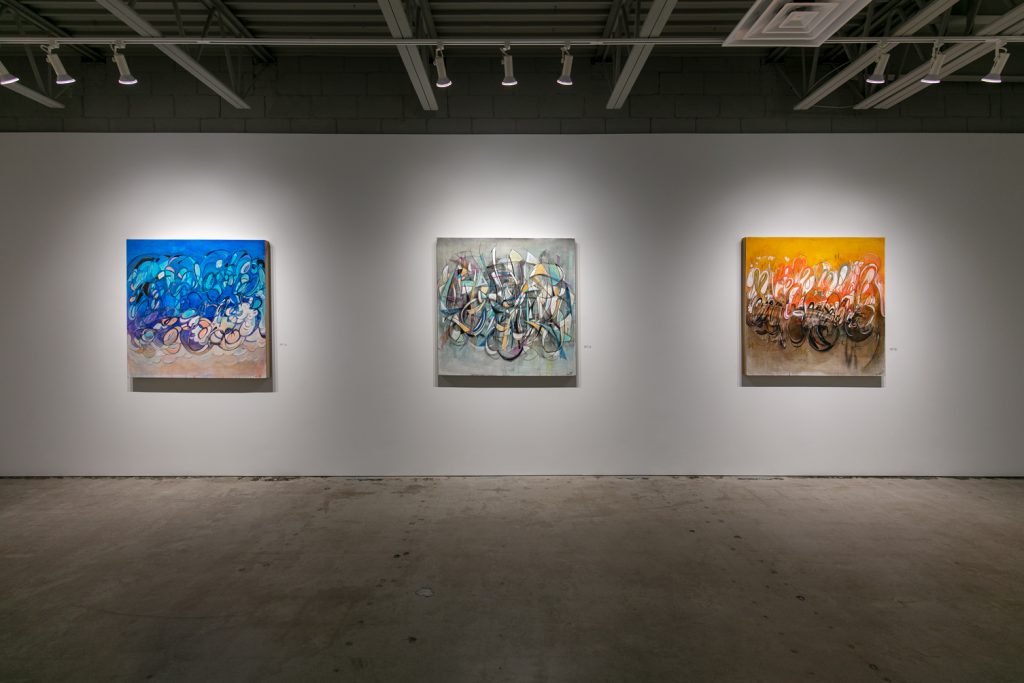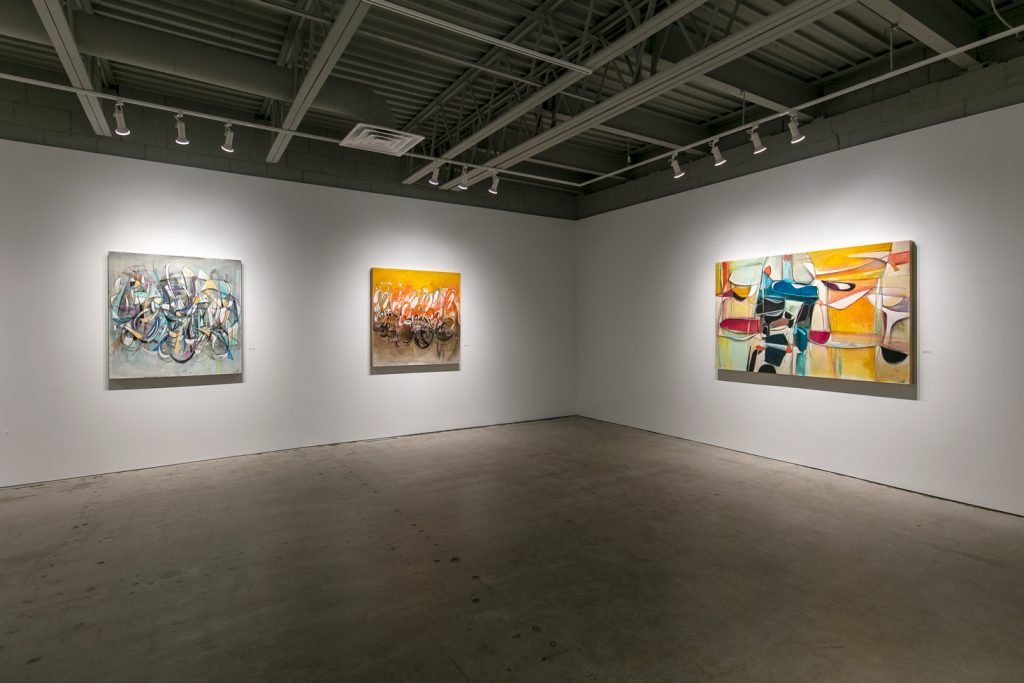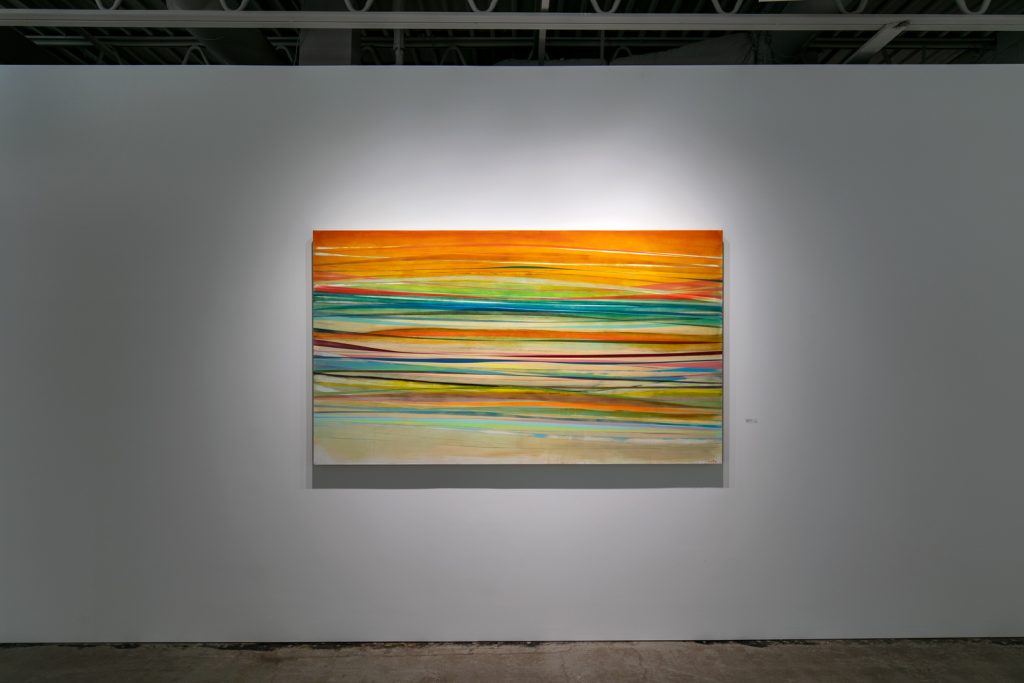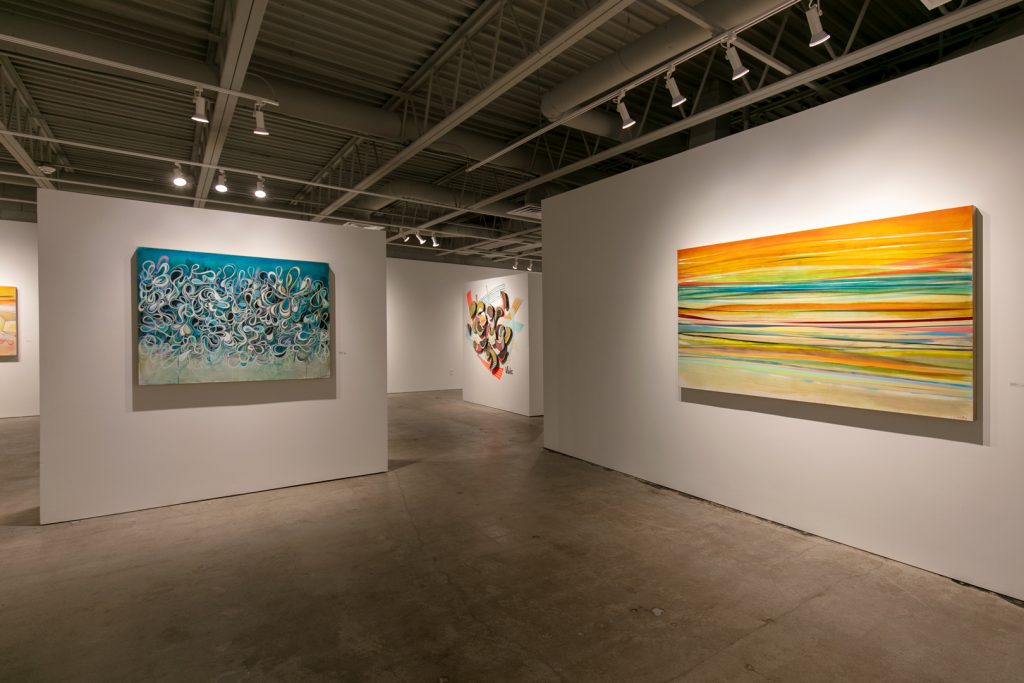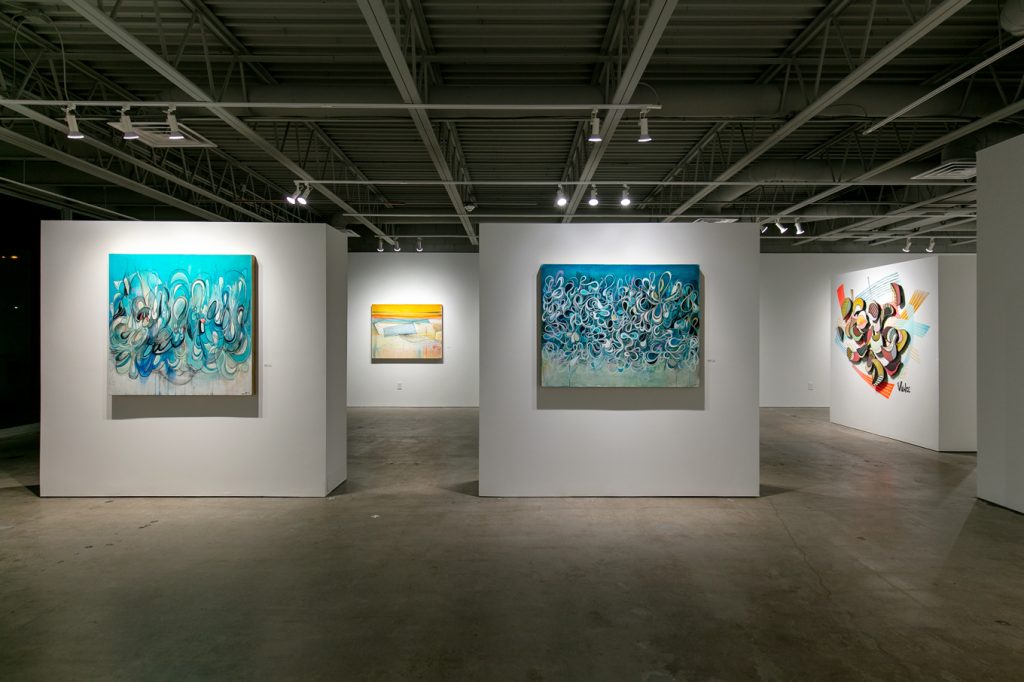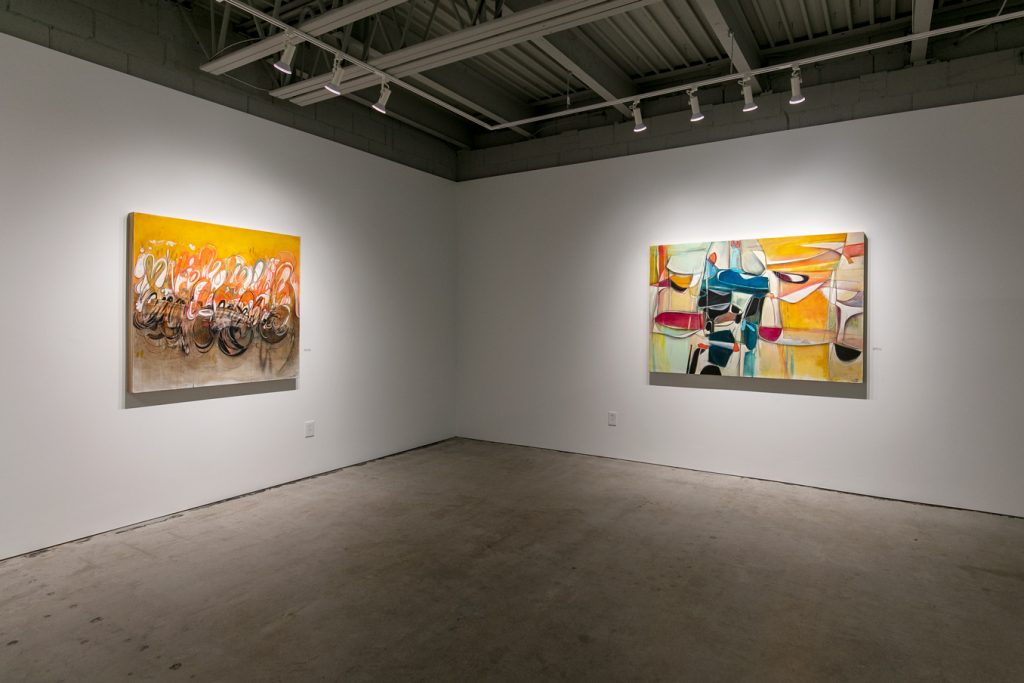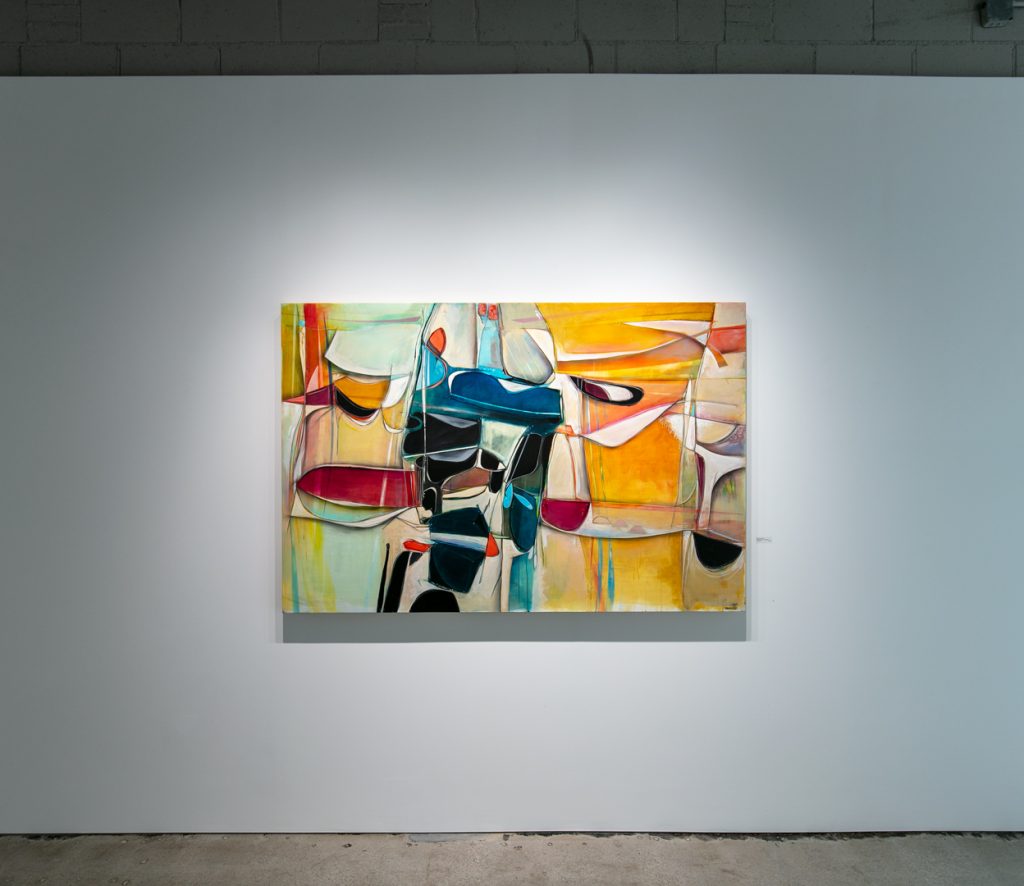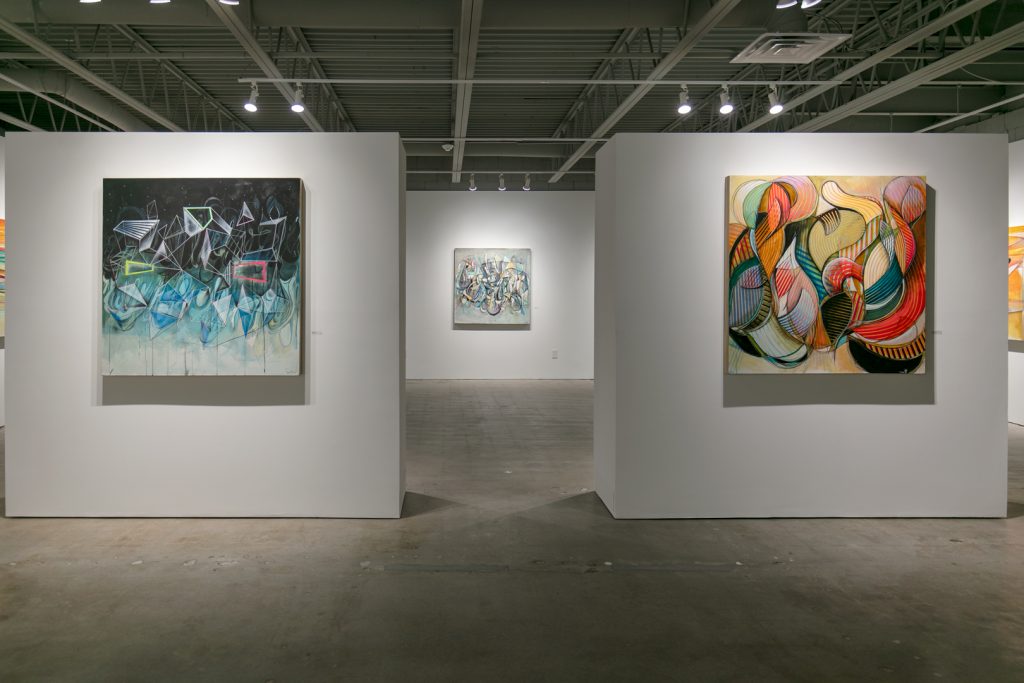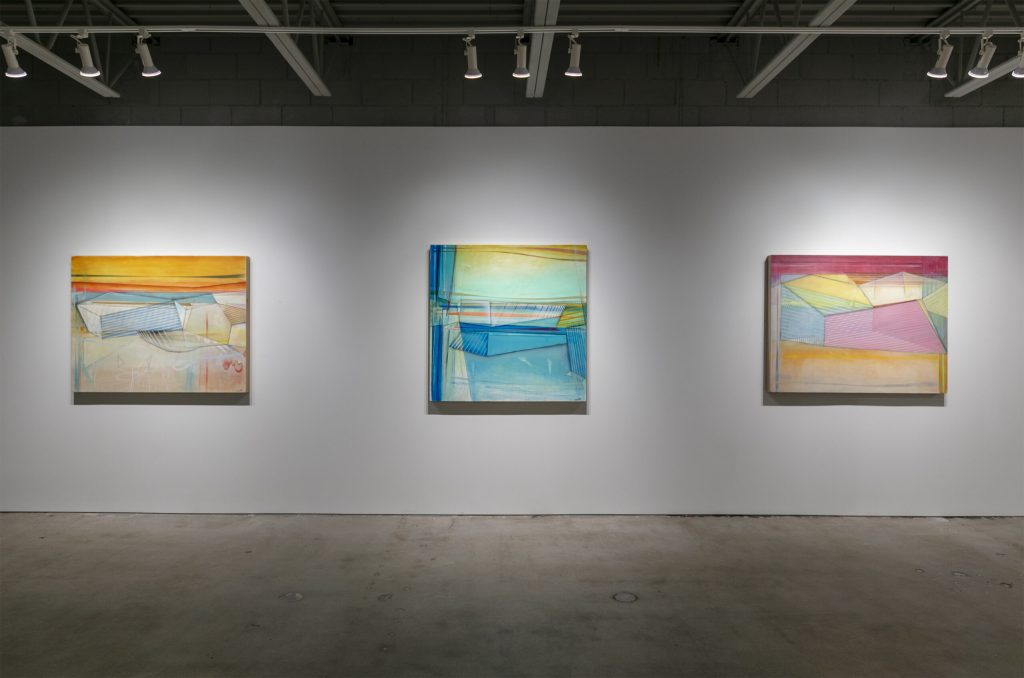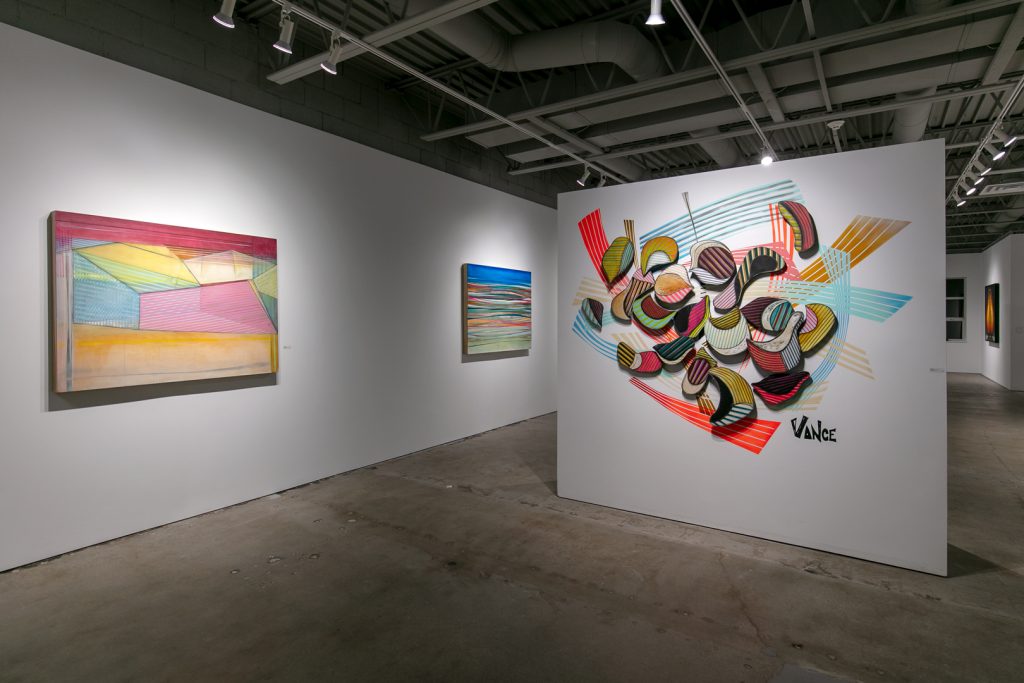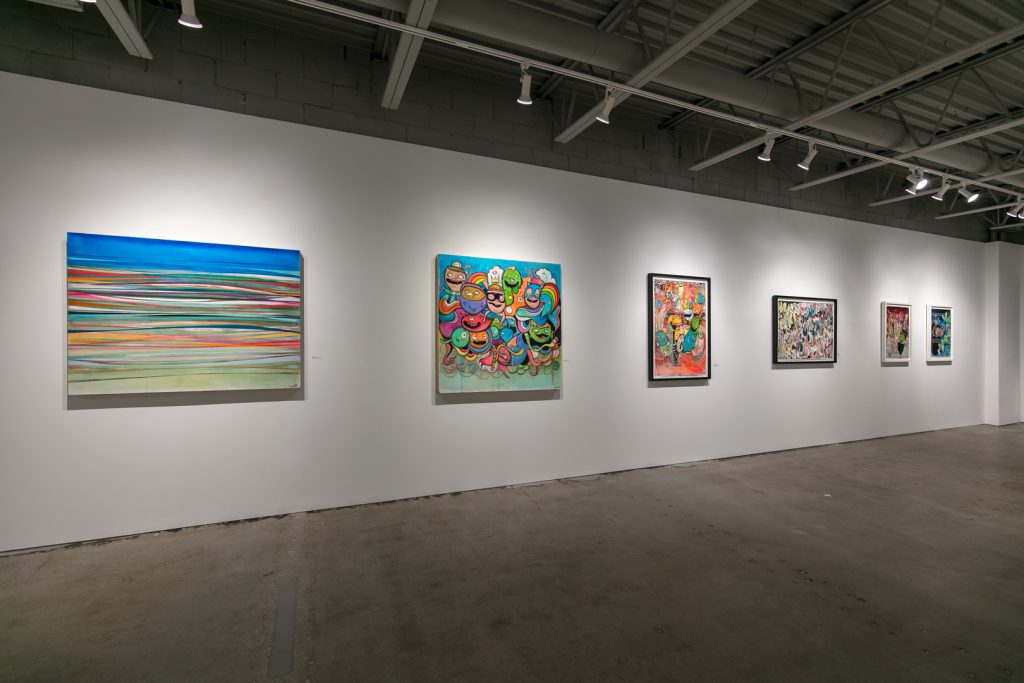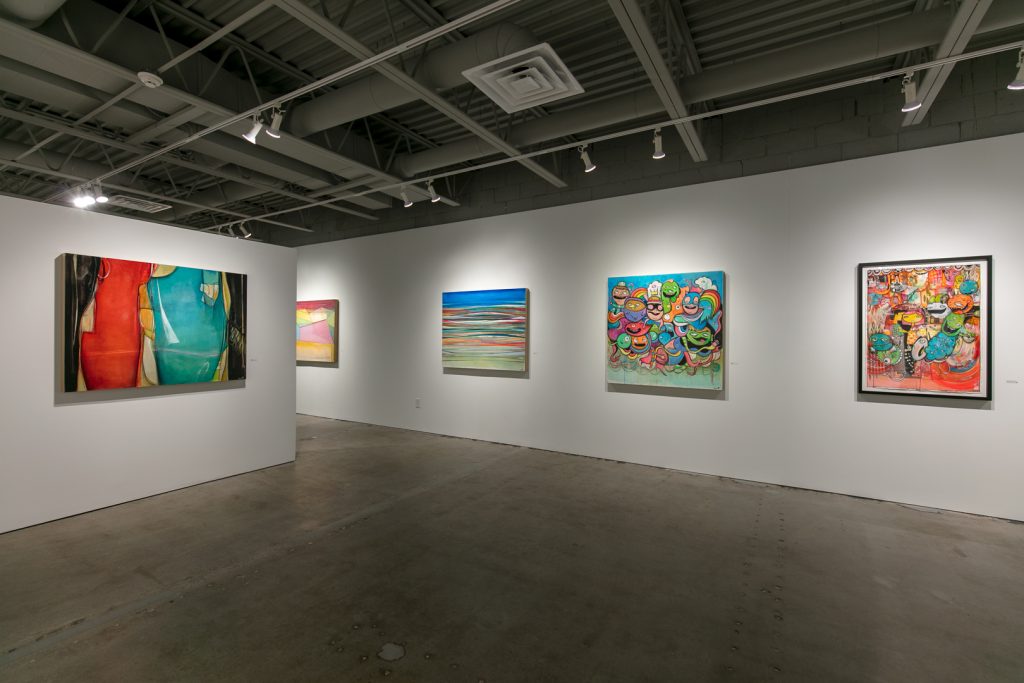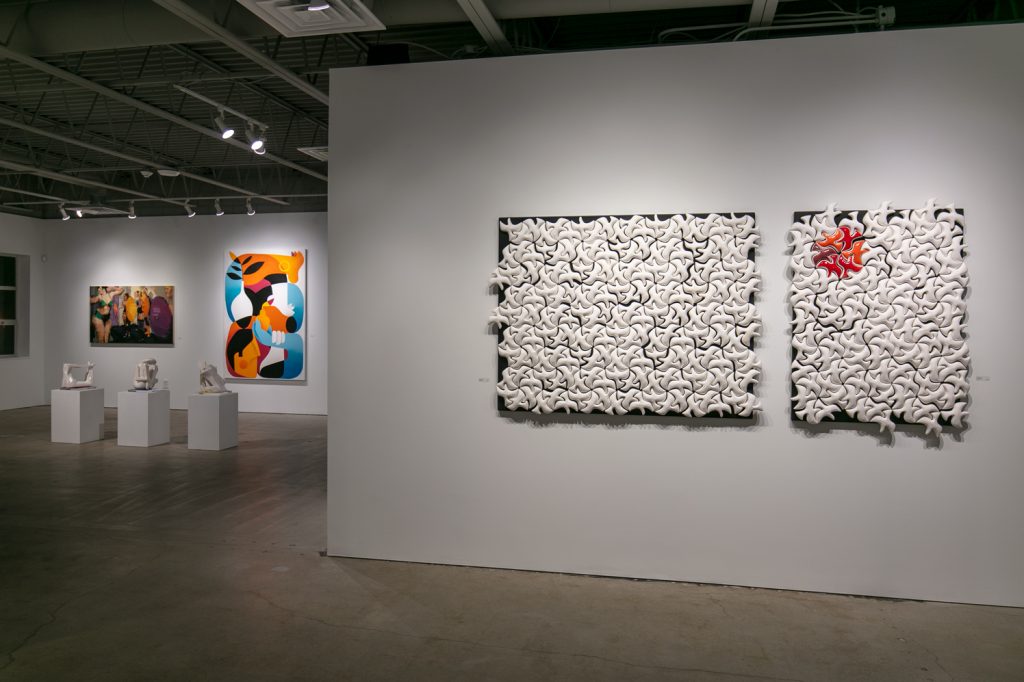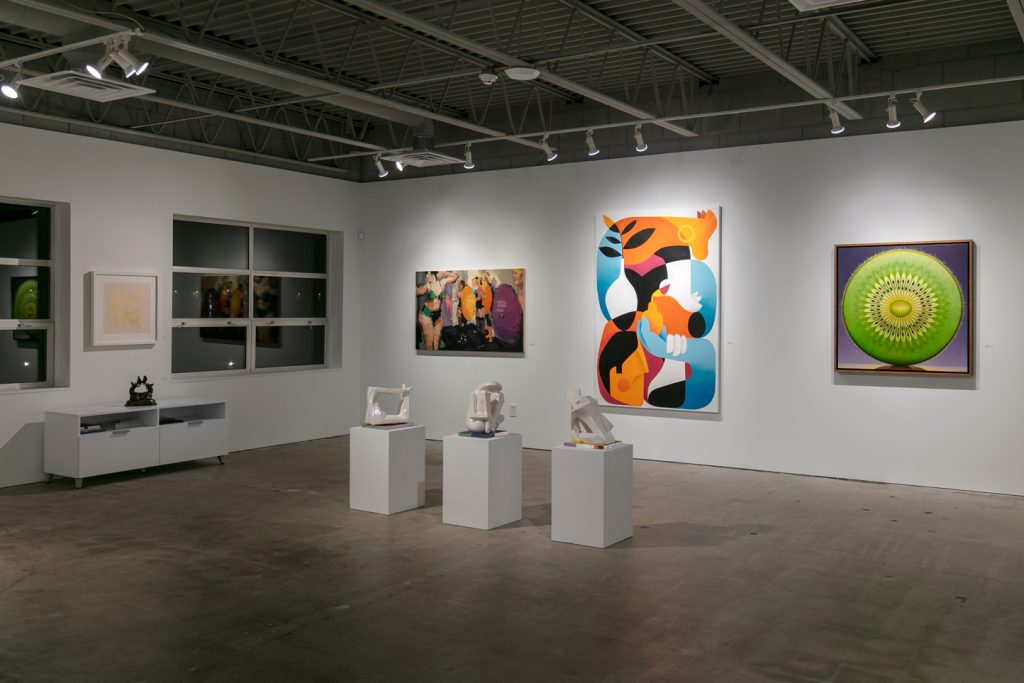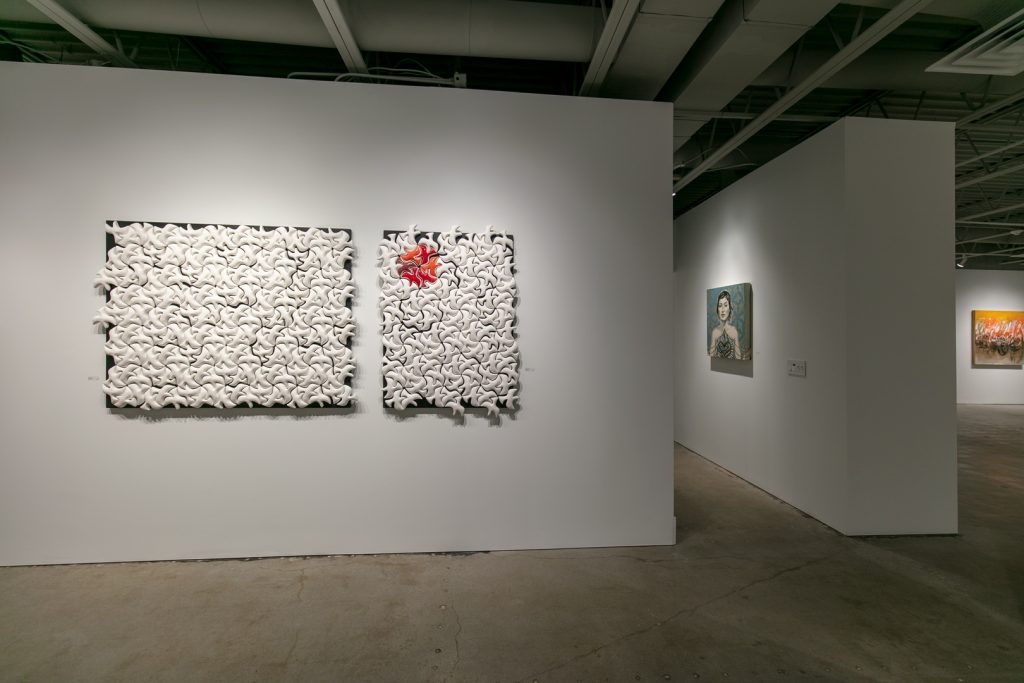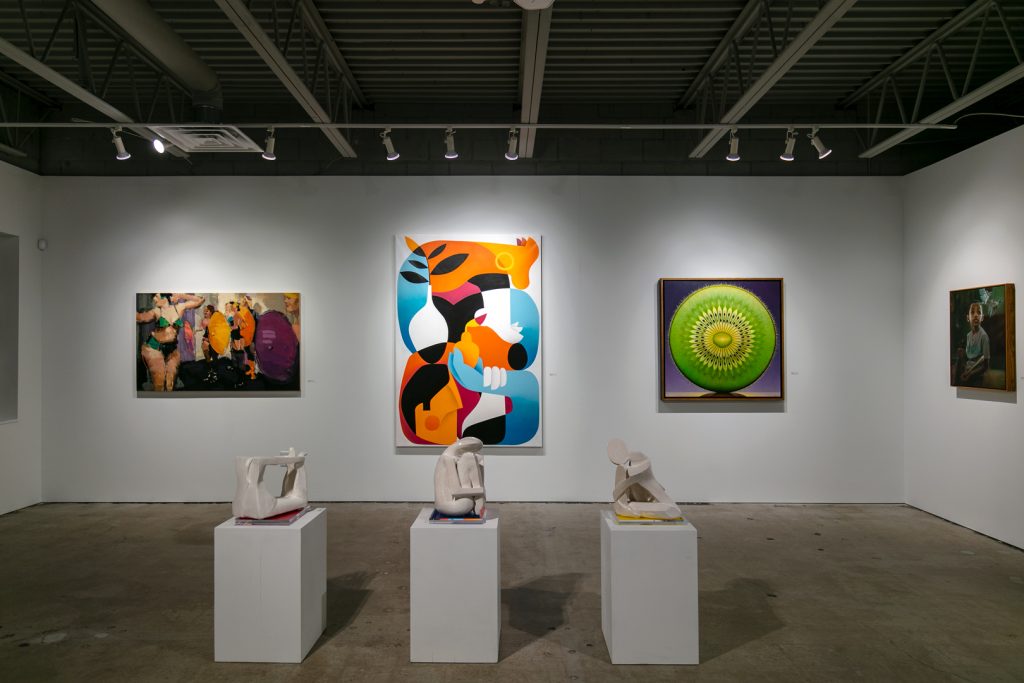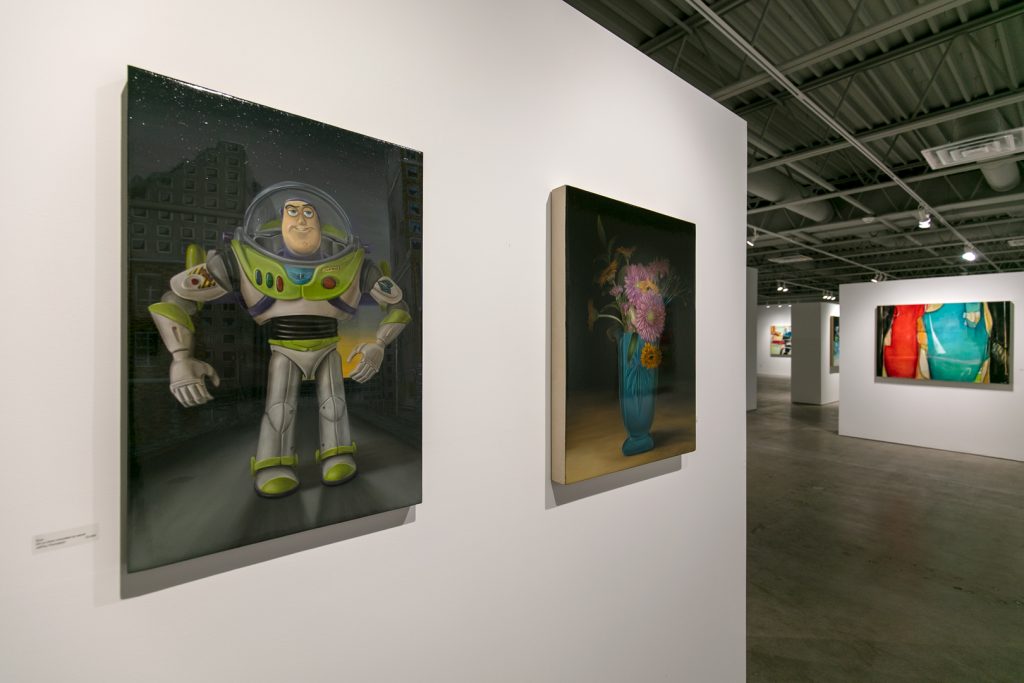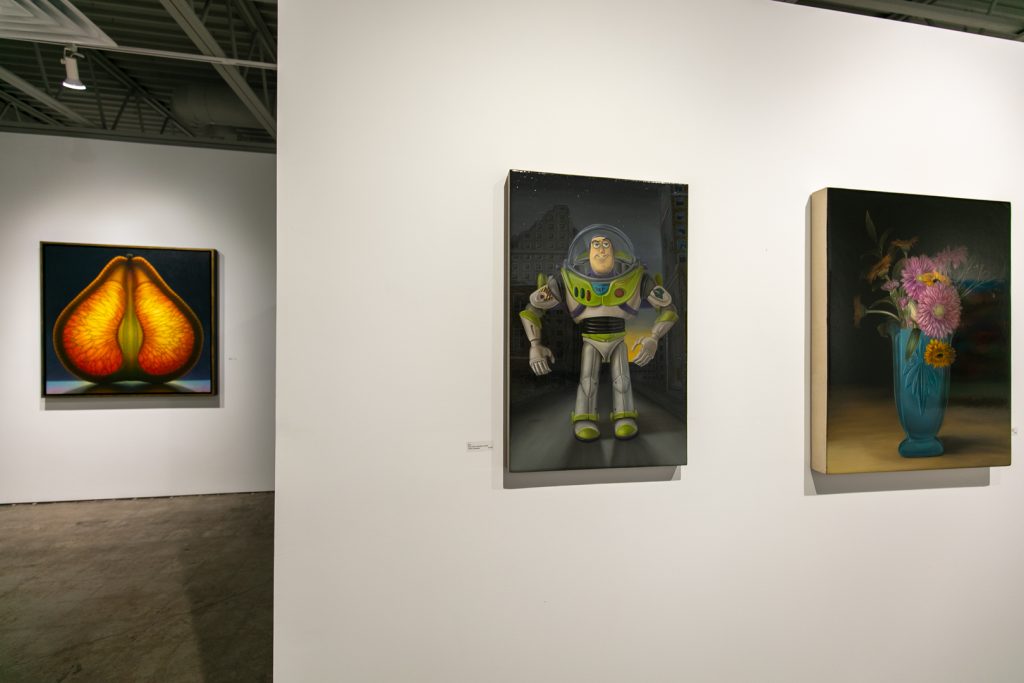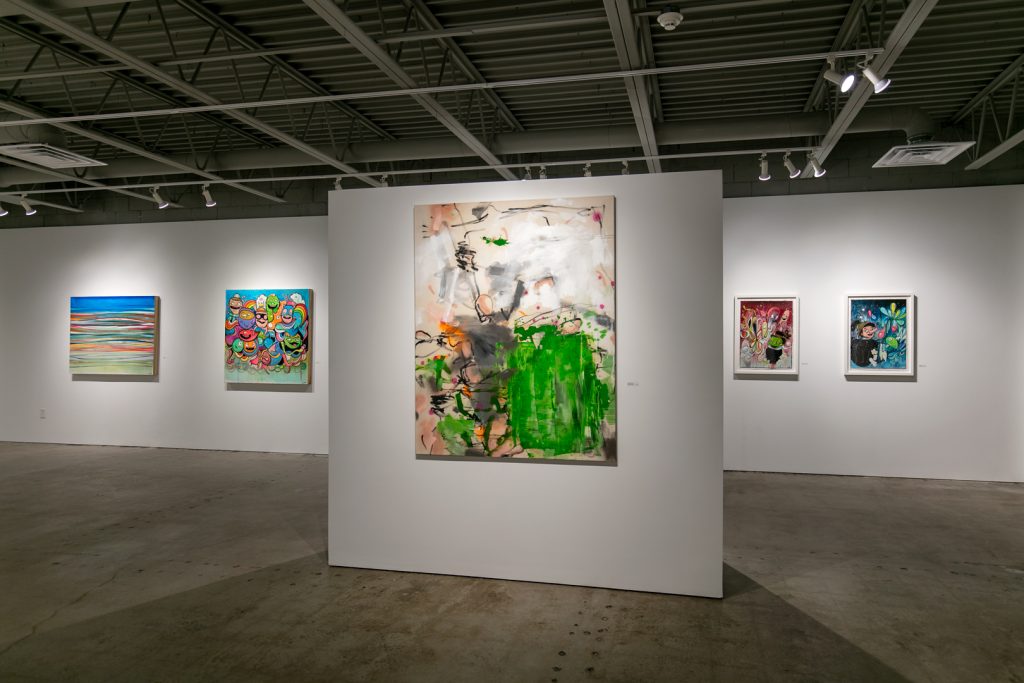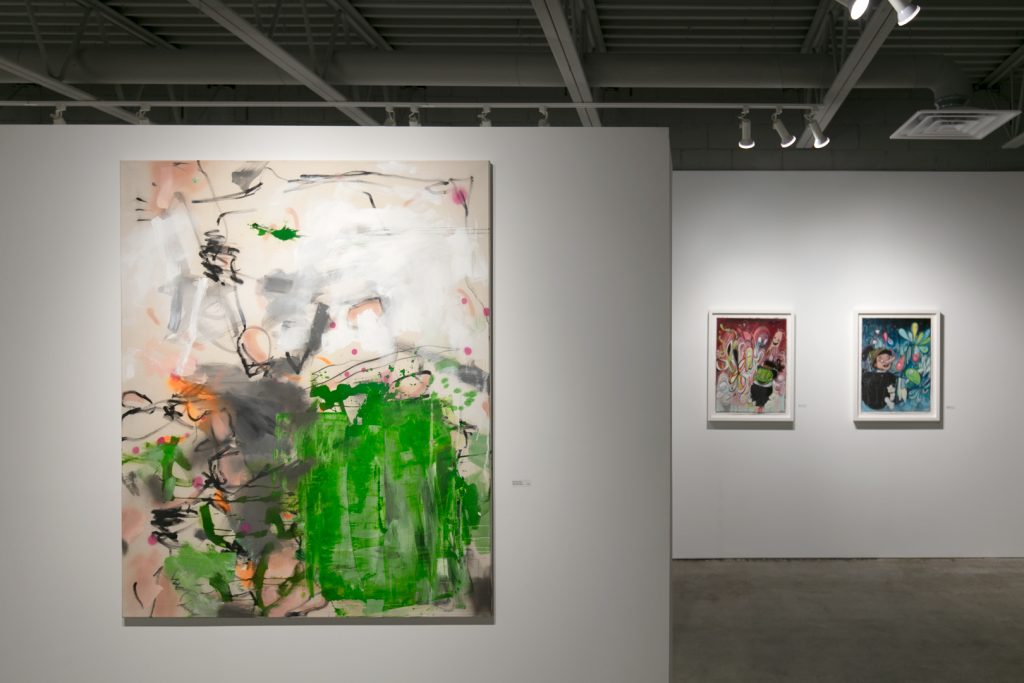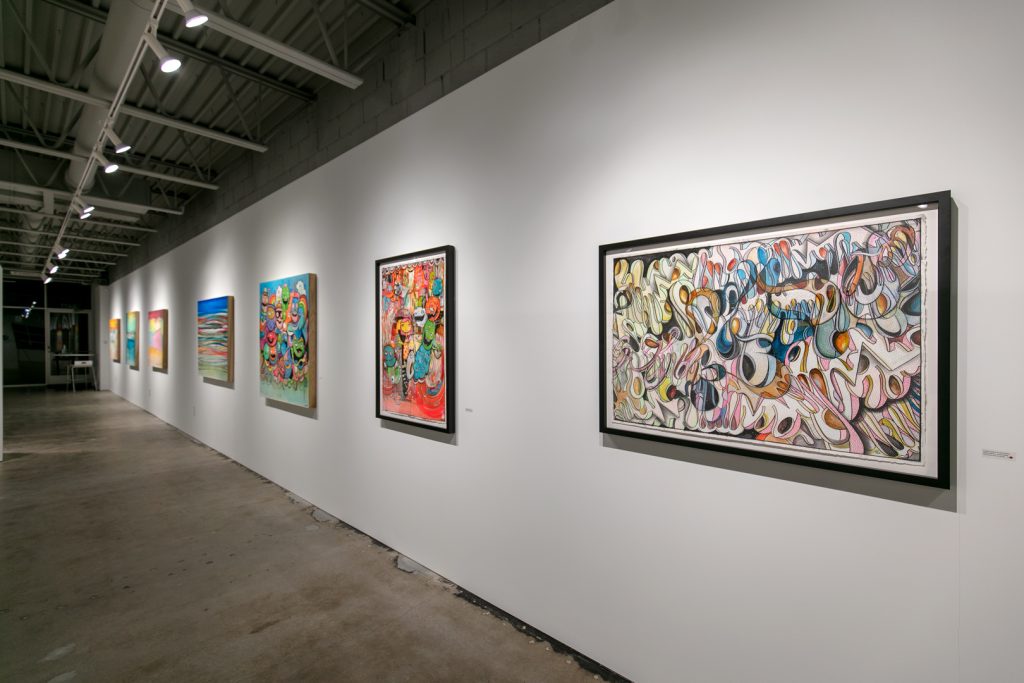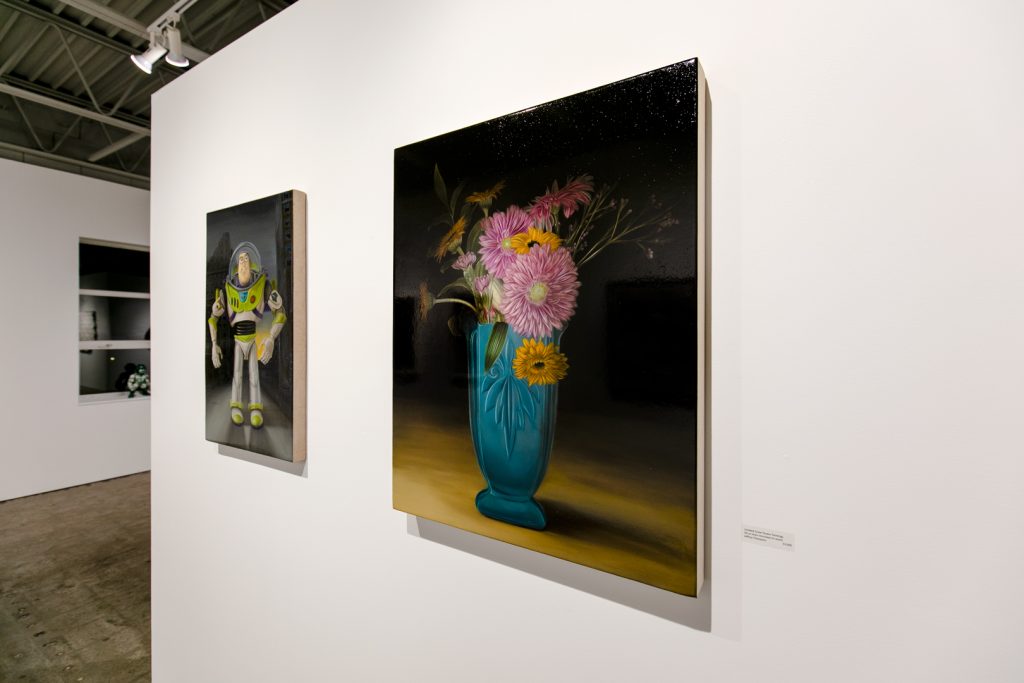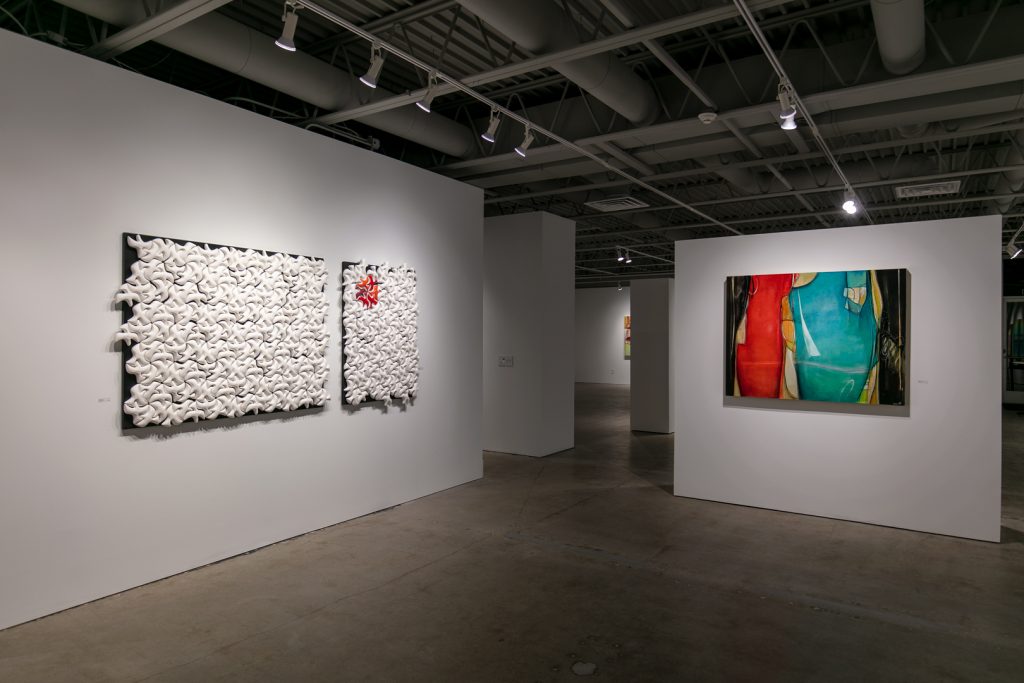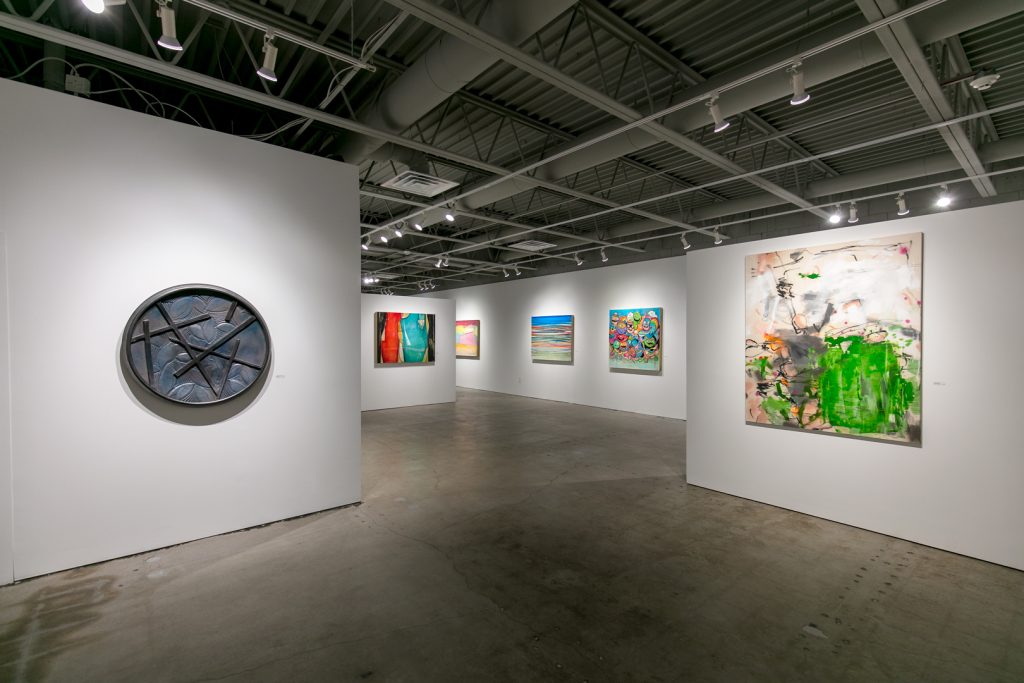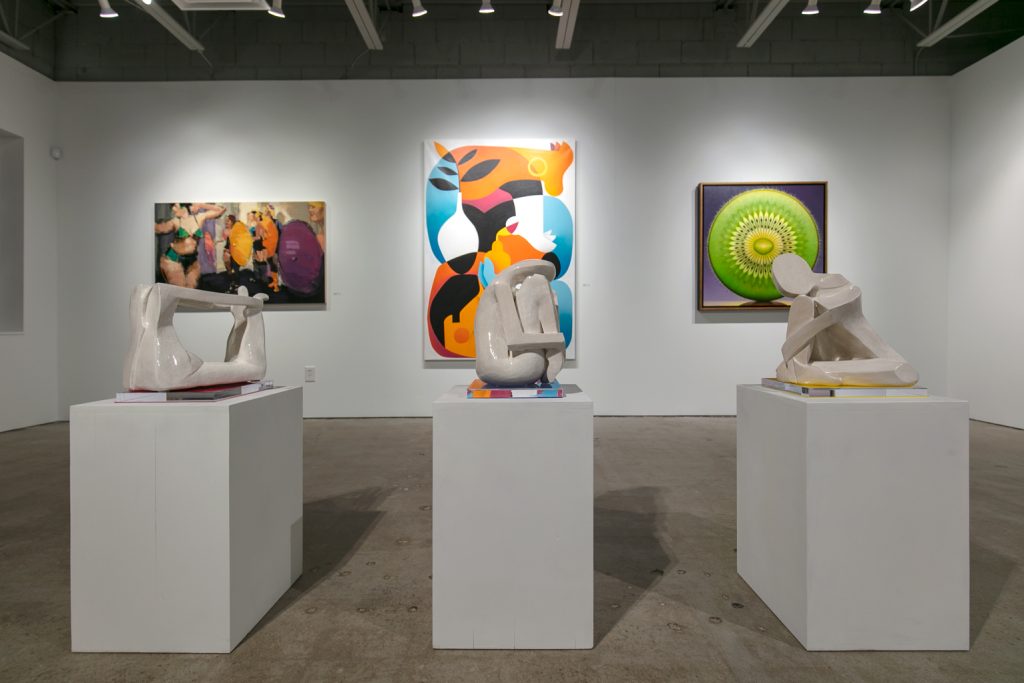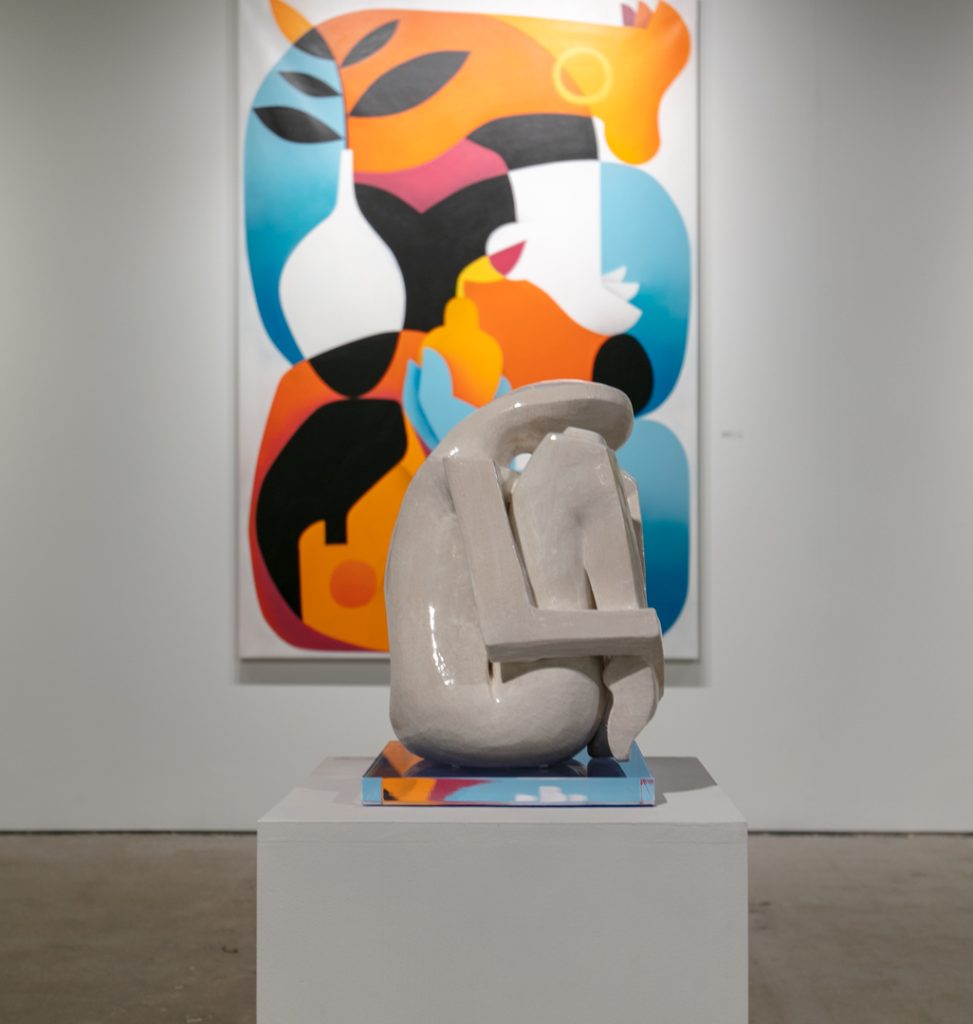Chris Vance: Timeline
TEXT BY MICHAELA MULLIN | VIEW IMAGES
The year “2021” looks and sounds like a new sci-fi movie. Now 20 years past Kubrick’s space odyssey, we have been faced with an airborne/spatial odyssey of a different kind. But we are finally moving—a bit more freely, and “forward.” The linearity of our lives in physical terms often clashes with the nonlinear mode of thought, memory, even experience itself. So, what is a timeline exactly? One might assume that people envision a never-ending horizontal line, with small vertical lines crossing this to mark moments, events, years. And that the spaces between hash marks represent a chunk of time—duration.
Though 2020 was not the ultimate test of enduring duration, it comes close. It felt like a test determining the durability of our spirits, bodies and wills, individual and collective. And though memory won’t keep intact a linearity or chronology of this pandemic period, the events that conjured feelings associated with these long months have dates—start dates, mostly.
Now that we are slowly gathering (our bodies and strength), Chris Vance wants us to experience some relief and release—some light in and at an end of our visioning. He wants us to have calm and relaxation, maybe even find a little peace of mind and heart. He wants us to stop enduring for a minute and instead, enjoy. Enjoy his paintings, made over the COVID-19 year of 2020 (in case we are placing things on the line as we read). For loss is an asteroid that craters us emotionally, and it takes time (a new line of time) to fill those in with good things, soft things, cool and warm temperate days—until we feel level again.
In other words, and in mixed media and panel, Vance offers us a resort. And it won’t be the last. He paints evocative vibes, scenes that give us something new—he says color and line have never been so informed by ‘needing a view [and] some peace.” Welcoming abstract getaways, with titles that make cravings for tropical drinks with umbrellas and SPF at any number, because things can be, will be, are … bright.
“Taking a Look Back” uses shapes and a color palette that harken back to Vance’s earlier work, black areas inside grays insides white. The lots of copper, wine, and blues frame the dark—or is the dark infiltrating? There is an organic cobbling here that makes an entanglement: a stronghold. The center tiers as if collapsing into an eye, of a storm perhaps. Of what we hope remains in hindsight, for certain.
In contrast, “A Look Forward” reverberates like wavelengths—frequencies of bold color with a golden sky and sandy forefront. The overlapping lines, in slight curvature, are almost elliptical. As if the viewer is at a coastal line, looking over and out with the hint of the sphere on which we stand, the stacking and layering creating a view in the process of being untangled. This multitude of horizon lines makes for a striking composition of possibility.
Vance has always admired Wayne Thiebaud’s use of color in his still lifes of objects which humans procure for comfort or cover: cakes, pie, ice cream, shoes, lipstick … And Vance felt like a more pastel palette was in keeping with the emotional spectrum he was creating for viewers recently. To this end, Vance’s new works: “Cigar on Ocean Park,” “Fresh Vibes” and “Soft Vibes” tell the stories we need—not representational paintings of place or escape, but rather representing moods and states of being. They are architectural studies with translucence and corrugation, in soft hues, a la Thiebaud. Like a floating pavilion on water, a tent on an LA beach, or a contemporary Bedouin tent in the desert—these large windows (note the hard lines evoking drapery around the frame) give us new views, in every sense of that phrase.
Dennis Wojtkiewicz’s three fruit paintings “Citrus Series #21,” “Citrus Series #27,” and “Rosette Series #29,” are delicious close readings of translucent cross sections of fruits. Backlit without the backlighting, Wojtkiewicz manages to make paintings that defy the opacity of oil paint on canvas. These stunning works remind one of stained glass, with its repetition and patterning. The pip, pulp, sacs and symmetry make the anatomy of fruits intelligible, but the flowering and perfection of shape evoke vigil lighting—fructus votive.
Jeffrey Thompson is the anatomist of flowers and light. He shows us this again in his two new paintings, both in oil on linen mounted to wood. Different though each work is, they both feel like still lifes set with care and they feel like portraits (of once living things, or animated beings imagined real by younger humans). “Untitled (Vase Flower Painting)” displays a cornflower blue vase, one might imagine as the real McCoy, filled with mums and gerberas. The flowers are bending down, moving toward, finding gravity and light. Buzz Lightyear, of Disney’s Toy Story, on the other hand, is standing tall in his portrait, no longer the deuteragonist to Sheriff Woody, but now the sole protagonist in “Buzz”—and no less a seeker than the cut stems. We find him walking through darkened streets, buildings crumbling in the background; offering himself up for a new and lighter (you can see it on the horizon, this cycling of downing and rising), if not entirely improved, year.
Daniela Schweinsberg’s “Half an Hour Break,” acrylic on canvas, is dotted with magenta, taken over with grass green, and then interrupted in the middle by a ghostly, though ashen and fleshy, presence. Orange leads the eye off the canvas to the left, only to be caught by a slightly white-washed black stroke that seems part cross, part knot. The white makes glow, and the three short marks above, in the corner, reiterate this. To focus on the green splash toward top center is then to see the inside frame, the inside square turned loose. Schweinsberg, we then realize, has become more than an agent of the eye that travels; she has become an agent for setting us loose, as well.
Exhibit Images
